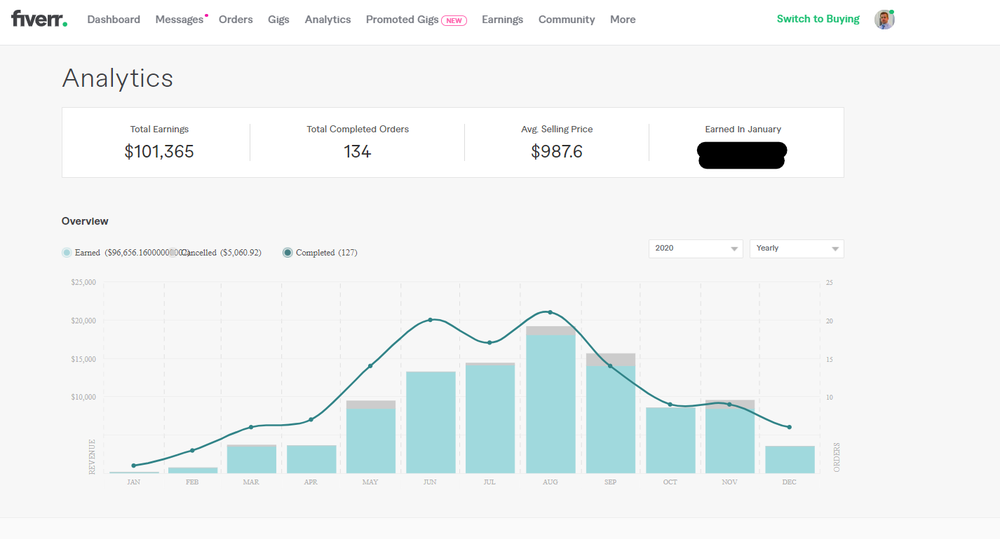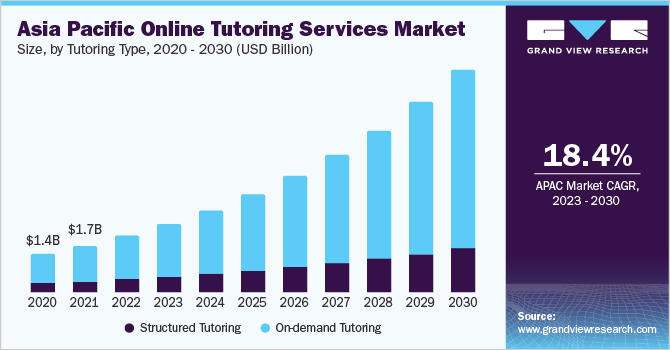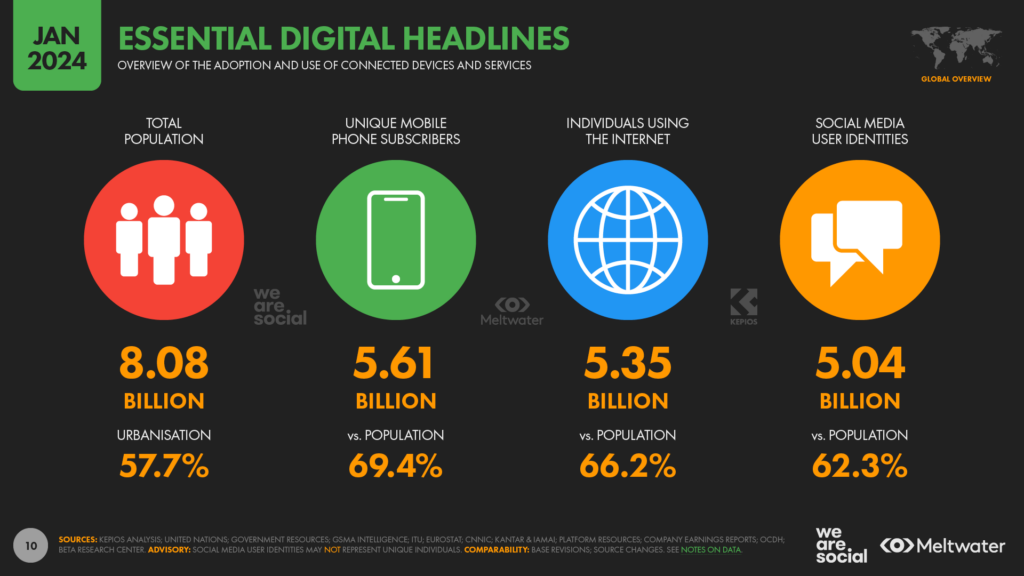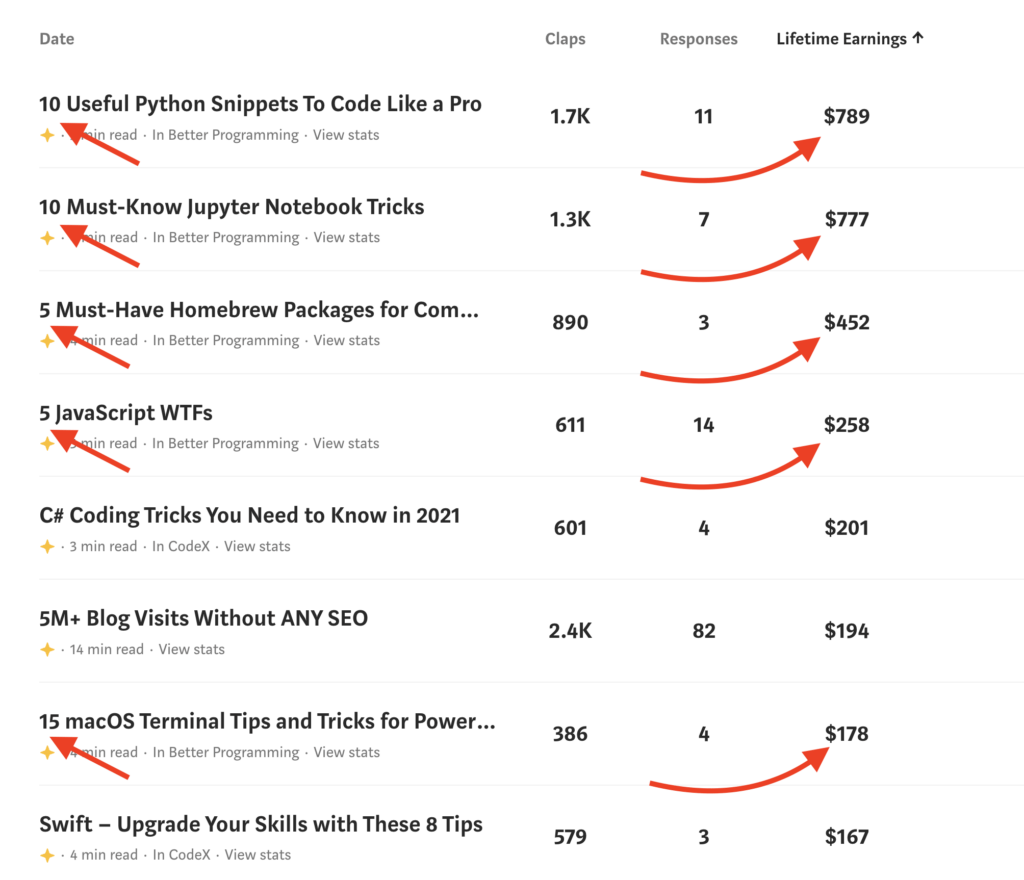Let’s face it—being a college student is expensive. Between tuition, books, rent, and everything else, it’s no wonder most students are looking for ways to make extra cash.
But the problem? Juggling schoolwork and a part-time job isn’t easy. The solution? Making money online. You can work from anywhere, set your own hours, and still have time for classes.
I’ve been in your shoes. In this post, I’m going to break down how to make money online as a college student—and we’re not talking about basic survey sites or gig apps. These are actionable strategies that can fit your schedule and actually make a difference.
Whether you’re into content creation, digital marketing, or tutoring, there’s a strategy here that’ll help you boost your income.
Ready to get started? Let’s make it happen!
1. Freelance Microservices on Platforms Like Fiverr
Freelancing and microservices are some of my favourite ways to make money online as a college student. I suggest it to my students all of the time inside my online academy.
You don’t need years of experience or a huge portfolio to start, either. What’s a microservice? It’s basically a small, specialized task that you can complete quickly, like designing logos, creating social media posts, writing short blog articles, or editing videos.
The beauty of platforms like Upwork or Fiverr is that you can start with zero upfront costs. Just create a profile, list your service, and wait for clients to come to you.
The key is to focus on a specific skill—don’t try to do everything. If you’re good at something like logo design, video editing, or even voiceovers, make that your focus. People are always looking for freelancers to handle these small tasks.
Copywriting is a great side hustle if you’re interested in writing, marketing, and research. But, choose something you’re passionate about and willing to study.
Heck, look at this freelancer who made $100,000 in their first year on Fiverr!

Here’s how to get started:
- Pick a Niche – Don’t be a generalist. Pick one thing you’re really good at, whether it’s graphic design, writing, or even managing social media. Clients prefer specialists.
- Optimize Your Profile – Use keywords related to your service in your profile description. For example, if you’re offering video editing, include terms like “YouTube video editing” or “social media clips” to increase visibility.
- Offer Gig Extras – Once you get the hang of it, upsell clients with add-ons like faster delivery times or additional revisions. This can significantly boost your income.
- Get Reviews – In the beginning, offer competitive pricing to get those first few reviews. Once you’ve got 5-star ratings, you can increase your prices and attract higher-paying clients.
Focus on delivering fast, high-quality work. Fiverr thrives on quick turnaround times, so if you can offer express services, you’ll stand out in a crowded marketplace.
Start small, build your client base, and before you know it, you’ll be earning enough to cover those late-night pizza orders and more. The best part? You can do it all from your dorm room.
2. Start a Niche Blog and Monetize Through Affiliate Marketing
If you’re looking for a way to make money online that has long-term potential, starting a niche blog is where it’s at. It takes time to build, but once your blog starts getting traffic, the money can come in passively.
The best part? You don’t need to be an expert writer. You just need to be consistent and pick a topic that you can write about for months (or even years). Tools like ChatGPT can be a lifesaver as well.
Affiliate marketing is the backbone of blog monetization. Here’s how it works: you create content around a specific niche (like dorm room hacks, student wellness, or study tips), and you recommend products or services within that niche. When someone clicks your affiliate link and makes a purchase, you earn a commission.
Here’s how you can get started:
- Pick a Niche – Choose a niche you can write about consistently. Don’t go too broad—focus on something specific like “budget travel for students” or “healthy dorm recipes.” The more niche, the better your chances of ranking on Google.
- Start Your Blog – Use platforms like WordPress or Wix to set up your blog. Keep it simple, but make sure it looks professional. Choose a clean theme and focus on creating value-driven content.
- Join Affiliate Programs – Sign up for affiliate programs that match your niche. Some of the most popular ones are Amazon Associates, ShareASale, and CJ Affiliate, but many brands have their own affiliate programs you can join directly.
- Create Valuable Content – Write blog posts that solve problems or answer questions your target audience has. For example, if your niche is “study tips,” you could write articles on “The Best Productivity Tools for College Students” and include affiliate links to recommended products.
- Drive Traffic – SEO is the name of the game. Research long-tail keywords (think: “best noise-canceling headphones for studying”) and optimize your posts to rank on Google. You can also use Pinterest or Instagram to promote your content.
Focus on product reviews, tutorials, and comparison posts. These types of content tend to convert better for affiliate marketing because people are already in the mindset to buy.
Yes, it takes time to build up traffic, but once your blog starts getting visitors, the affiliate commissions can roll in month after month. The key is consistency. Even with just a few hundred visitors a month, you can start earning through affiliate sales.
3. Virtual Tutoring or Study Sessions via Zoom
If you’re good at a subject, why not get paid to help others who struggle with it? Virtual tutoring or hosting group study sessions via Zoom is one of the easiest ways to make money online as a college student. You’re already studying—why not turn that knowledge into cash?
Here’s how it works: you can offer one-on-one tutoring sessions for subjects you’re already acing or organize group study sessions for classmates.
People are willing to pay for help, whether it’s for exam prep, homework guidance, or breaking down tough concepts. With tools like Zoom, you can tutor from anywhere, anytime.
There are enough opportunities to go around too. The online tutoring market was worth $7.69 billion in 2022 and is forecasted to grow 14.9% between 2023 to 2030!

How to Get Started:
- Choose Your Subjects – Focus on the subjects you’re confident in and that others find challenging. Math, science, and languages tend to be in high demand. You don’t need to be an expert—just a step ahead of your students.
- Set Your Rates – Decide how much to charge. Rates can range from $15 to $75 per hour, depending on the subject and your experience. Group study sessions are another option—charge each participant a lower fee but make more overall by tutoring multiple people at once.
- Find Clients – Start by offering your services to fellow students or advertise in Facebook groups, LinkedIn, or local student forums. You can also sign up for tutoring platforms like Chegg Tutors or Wyzant for more visibility.
- Schedule and Organize – Use Zoom or Google Meet to host your sessions. Make it easy for clients to book by using scheduling tools like Calendly. Keep your sessions structured, with clear objectives and follow-up notes for your students.
Leverage your own network. Reach out to friends or classmates and offer a discounted first session. Once you get a few positive reviews and testimonials, you’ll have an easier time charging higher rates and attracting more students.
4. Sell Digital Products on Etsy or Gumroad
This is what I focus on with my personal brand. Selling digital products is one of the easiest ways to make passive income, and platforms like Etsy or Gumroad make it ridiculously simple.
Digital products require no inventory, no shipping, and once they’re created, they can generate income for months—sometimes years—without much effort.
What kind of digital products can you sell? Think downloadable templates, study planners, online courses, printable art, digital journals, or even resume templates. If you’re good with design tools like Canva or Photoshop, this is a goldmine.
One of my close friends recently started selling a course about real estate investing and he’s already making $500-$1,000/month passively!
Here’s how to get started:
- Choose Your Niche – Focus on what you’re good at or what’s popular with college students. Study planners, class note templates, or digital art for dorm rooms are all solid ideas. The more niche your product, the less competition you’ll face.
- Design Your Product – Use tools like Canva or Adobe Illustrator to create high-quality digital products. You don’t need to be a professional designer, but the product needs to look polished and useful. Templates for resumes, social media content, or budgeting spreadsheets are always in demand.
- List Your Products on Etsy or Gumroad – Etsy is ideal if you’re targeting a broader audience, while Gumroad works better for more specialized products. Write clear, SEO-optimized descriptions that highlight the product’s value and use keywords like “printable study planner” or “digital dorm decor.”
- Promote Your Products – Share your digital products on social media platforms like Instagram, Pinterest, and TikTok to drive traffic. Pinterest, in particular, is great for showcasing visual products like templates or art prints. You can also promote your products directly to other students through your school’s Facebook groups or online communities.
Offer a few products for free or at a discounted rate in exchange for reviews. The more social proof you build up, the more sales you’ll generate.
5. Freelance Social Media Management for Local Businesses
Every business needs a social media presence these days, but let’s be honest—most small local businesses don’t have the time or skills to handle it. And with over 5 billion people on social media, over half the world’s population can be reached through these channels.

That’s where you come in. As a college student, you’ve grown up on social media, so why not leverage that expertise to manage social media accounts for local businesses? It’s one of the easiest ways to make money online, and it’s highly scalable.
Local businesses—restaurants, salons, gyms—often struggle to keep up with posting consistently, engaging with followers, or running ads. They know they need it, but don’t know how to do it well. As a freelance social media manager, you can offer to take this off their plate and get paid for it.
Here’s how to get started:
- Identify Local Businesses – Start by targeting small local businesses that already have a social media presence but aren’t posting regularly or engaging with their followers. Offer to revamp their profiles, create content, and manage their accounts to drive more engagement.
- Create a Portfolio – If you’ve already helped manage social accounts for a club, a small business, or a personal brand, use that as part of your portfolio. No experience? Offer to manage a business’s social media for free for the first month in exchange for a testimonial. That initial credibility can help you land paying clients faster.
- Offer Packages – Tailor your services to fit different needs. Offer basic packages like posting and engagement management, or premium services that include running social media ads or creating content. You can charge anywhere from $300 to $1,500 per month, depending on the business’s needs and your experience.
- Stay on Top of Trends – Social media is always evolving, and businesses want someone who knows what’s hot. Whether it’s jumping on the latest TikTok trend or leveraging Instagram Reels for engagement, staying updated gives you an edge.
Use tools like Canva to create visually appealing content quickly, and platforms like Buffer or Hootsuite to schedule posts across multiple platforms. This saves time and helps you manage multiple clients without getting overwhelmed.
6. Become a Virtual Assistant (VA)
Here’s the truth: tons of entrepreneurs, small business owners, and startups are overwhelmed with day-to-day tasks. They need help but can’t afford a full-time employee. That’s where virtual assistants (VAs) come in—and it’s a killer opportunity for college students to make money online.
As a VA, you can help with everything from managing emails, scheduling appointments, data entry, or even handling social media. The best part? You don’t need any crazy technical skills to get started. If you’re organized, detail-oriented, and good at multitasking, you can easily land VA gigs.
The demand for virtual assistants is exploding, too. The market is expected to grow by $4.12 billion from 2021-2025.

Here’s how to get started:
- Identify Your Strengths – Think about what tasks you’re good at. Are you great with scheduling? Data entry? Managing social media accounts? Choose the tasks you feel comfortable offering and create a list of services.
- Set Your Rates – Most virtual assistants charge $15 to $50 per hour, depending on the complexity of the tasks and experience. As a beginner, it’s fine to start on the lower end, but as you gain more clients and expertise, bump up those rates.
- Find Clients – Look for job postings on sites like Upwork, Fiverr, or Freelancer. You can also join Facebook groups or LinkedIn communities where entrepreneurs and small businesses are actively seeking VAs. Don’t overlook local businesses—they often need help with administrative tasks, too.
- Automate & Stay Efficient – As a VA, time is money. Use tools like Trello or Asana to stay organized and manage multiple clients. Google Calendar and email management tools like Boomerang will help streamline your workflow and keep you on top of deadlines.
If you really want to step things up, create a simple website or portfolio showcasing your VA services and include testimonials if you can. This adds credibility and makes you stand out from other freelancers.
7. Content Creation on Medium or Substack
If you enjoy writing and want a straightforward way to make money online, Medium and Substack are two platforms that let you monetize your content without needing a big audience upfront.
Whether you’ve got insights about college life, productivity hacks, or personal development, you can turn your writing into cash by publishing on these platforms.
Both Medium and Substack offer monetization options for writers. On Medium, you can earn through the Medium Partner Program, which pays you based on the amount of time paying members spend reading your articles.
Check out how much this writer made from their Medium page!

Substack, on the other hand, allows you to create a paid newsletter where subscribers pay for premium content. The key is delivering value and consistency.
Here’s how to get started:
- Pick Your Niche – Focus on writing content that solves problems or offers value. Whether it’s study tips, life as a college student, or productivity hacks, choose a topic you can consistently write about. The more targeted your niche, the better chance you’ll have to grow a loyal audience.
- Start Writing on Medium – Join the Medium Partner Program (it’s free), and start publishing articles regularly. The more you publish, the more chances you have of being picked up by Medium’s algorithm, which can boost your article to thousands of readers.
- Build a Substack Newsletter – If you want more control over your audience, start a newsletter on Substack. It’s perfect for building a long-term, loyal subscriber base. You can offer free content to attract readers and then roll out paid subscriptions for exclusive, premium articles.
- Promote Your Content – Share your Medium articles and Substack newsletters on social media, in relevant online communities, and through any student networks you have. Platforms like Twitter and LinkedIn are great for attracting new readers and subscribers.
Conclusion: Start Earning Online as a College Student
If you’re still thinking there’s only one way to make money in college—think again. You don’t have to wait tables or pick up shifts at the campus bookstore. The internet is filled with opportunities and the best part? Most of them can fit right around your class schedule.
From freelance writing to selling digital products on platforms like Etsy or Gumroad, the ways to earn online are endless. You don’t need a huge investment or tons of experience. Just dive in and start small. What matters is taking action, even if it’s just offering your first service on Fiverr or listing that old textbook on eBay.
Ready to start? Pick one side hustle from this list and run with it. Experiment, learn, and grow your income. You can also explore my online courses to learn about making money, self-help, and more!














